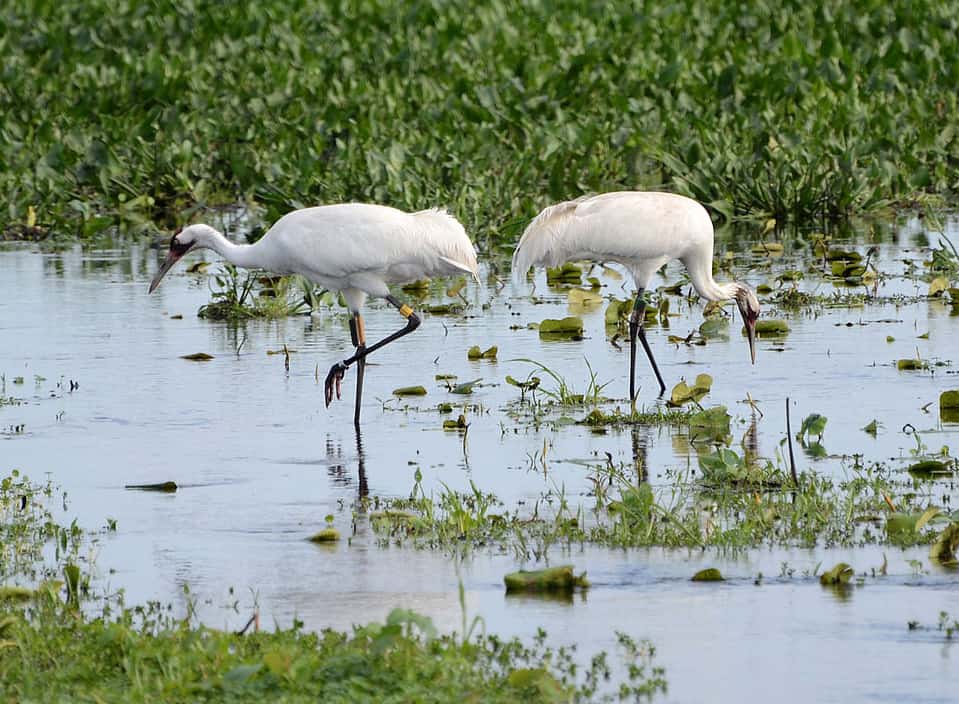Lake June-in-Winter Scrub State Park, Florida
A quiet preserve of rare plants and animals. Have a look at a map of the peninsula of Florida, and you’ll see hundreds of puddles of blue down the center of the state. These are freshwater features that have existed since ancient times, when the area was a series of islands. And, where there’s water […]
Lake June-in-Winter Scrub State Park, Florida Read More »




